Laminating Adhesives Size
Laminating Adhesives Market Growth Projections and Opportunities
The laminating adhesives market is driven by several key factors that contribute to its growth and evolution. These factors encompass a wide range of influences from technological advancements to industry trends and economic conditions, shaping the demand, supply, and dynamics of the market. One of the primary drivers is the increasing demand from end-use industries such as packaging, automotive, and construction. Laminating adhesives are essential components in the production of laminated materials used in flexible packaging, automotive interiors, and architectural applications. As these industries experience growth driven by factors like population expansion, urbanization, and changing consumer preferences, the demand for laminating adhesives rises accordingly.
Technological advancements play a crucial role in driving innovation and expanding the capabilities of laminating adhesives. Manufacturers are continuously developing new formulations and adhesive systems with improved performance characteristics such as adhesion strength, flexibility, and resistance to environmental factors. These advancements enable laminating adhesives to meet the evolving needs of end-users, such as higher production speeds, enhanced durability, and compatibility with various substrates. Consequently, companies investing in research and development to innovate their product offerings gain a competitive edge in the market.
Environmental regulations and sustainability concerns are significant drivers influencing the laminating adhesives market. With increasing awareness about the environmental impact of adhesives and packaging materials, there is a growing demand for eco-friendly and recyclable alternatives. Manufacturers are responding by developing water-based, solvent-free, and low-VOC (volatile organic compound) laminating adhesives that comply with stringent environmental standards. Additionally, initiatives to promote recycling and reduce packaging waste further drive the adoption of sustainable laminating solutions. The laminating adhesives stick onto the substrate with the help of heat and pressure while protecting the objects. They are intensively used in automotive, electronics where the vulnerable parts require labels that are not supposed to alter the object characteristics; industrial and packaging.
The globalization of trade and supply chains also influences the laminating adhesives market. As companies expand their operations and seek new market opportunities across geographies, the demand for laminating adhesives increases correspondingly. Globalization facilitates the exchange of raw materials, technology, and expertise, enabling manufacturers to optimize their production processes and reduce costs. Moreover, the proliferation of e-commerce and international trade agreements creates new avenues for market growth and expansion, driving demand for laminating adhesives in packaging and logistics applications.
Economic conditions and market trends within key industries impact the laminating adhesives market. Fluctuations in GDP growth, inflation rates, and consumer spending can affect demand patterns and investment decisions across sectors such as packaging, automotive, and construction. For instance, during periods of economic downturn, companies may prioritize cost-saving measures and efficiency improvements, leading to increased demand for value-added adhesive solutions that enhance productivity and reduce material waste. Conversely, economic prosperity may stimulate demand for premium laminating adhesives that offer superior performance and aesthetics.
Competitive dynamics within the laminating adhesives industry also impact market growth and innovation. The presence of established players, new entrants, and technological innovators fosters a dynamic competitive environment where companies strive to differentiate their offerings through product quality, performance, and value-added services. Mergers, acquisitions, and strategic alliances among industry players further influence market consolidation and competitive positioning. Additionally, factors such as pricing strategies, distribution channels, and brand reputation play a crucial role in determining market share and profitability.
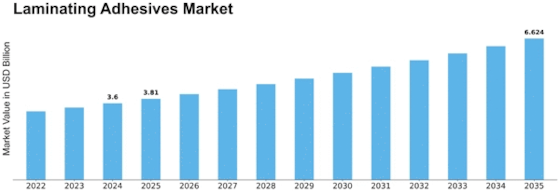

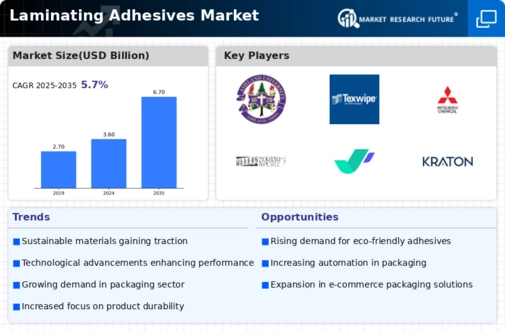
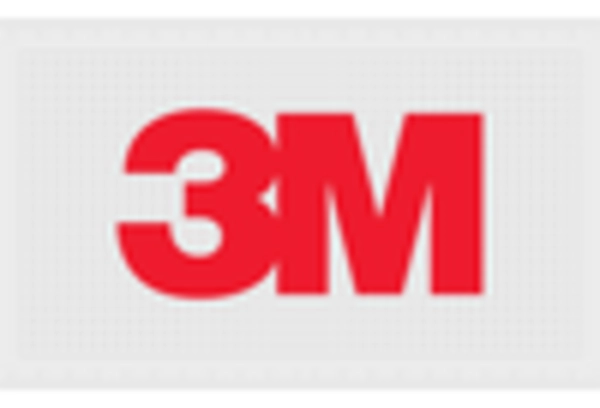
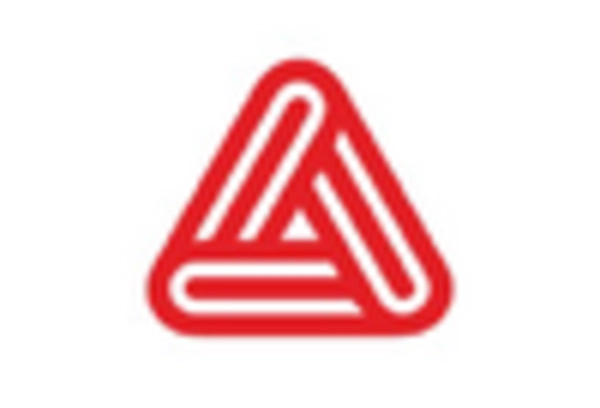

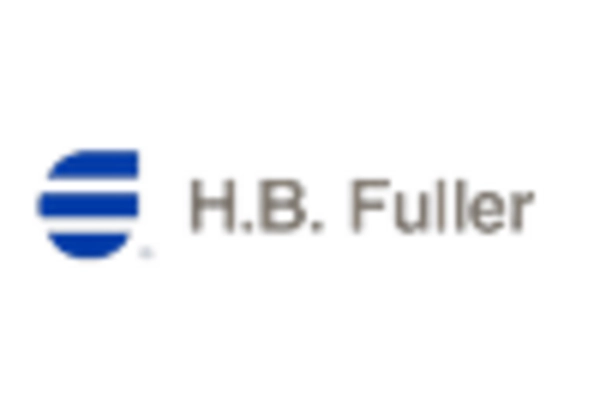
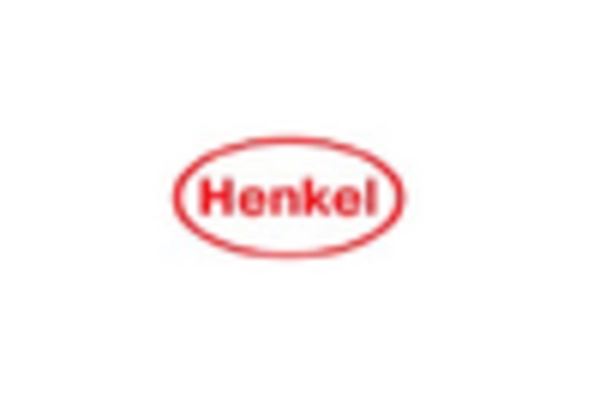










Leave a Comment